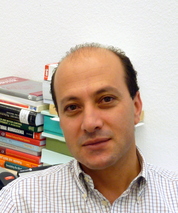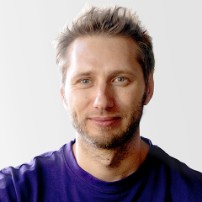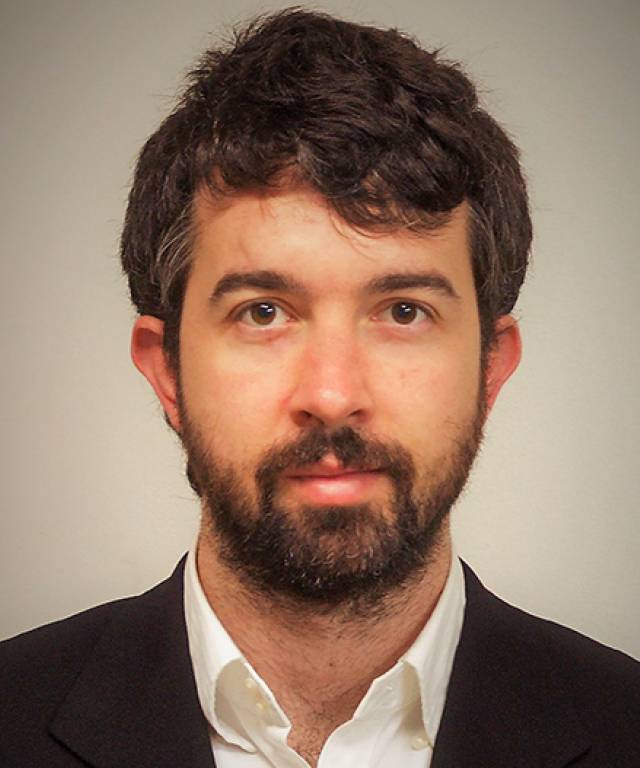
Giulia Vezzani DeepMind, London, UK (Istituto Italiano di Tecnologia (IIT), Genoa, Italy).

Giulia Vezzani Istituto Italiano di Tecnologia (IIT), Genoa, Italy.

Lorenzo Natale Istituto Italiano di Tecnologia (IIT), Genoa, Italy.

Lorenzo Natale Istituto Italiano di Tecnologia (IIT), Genoa, Italy.

Valerio Ortenzi University of Birmingham, UK.

Valerio Ortenzi University of Birmingham, UK.

Tamim Asfour Karlsruhe Institute of technology (KIT).

Tamim Asfour Karlsruhe Institute of technology (KIT).

Peter Corke Queensland University of Technology (QUT).

Peter Corke Queensland University of Technology (QUT).





